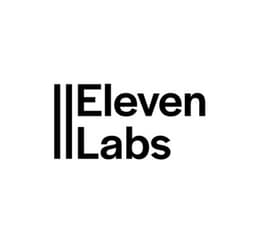About Content Credentials
Content Credentials is an open technical standard by C2PA for verifying digital content origins. Backed by Adobe, Microsoft, Cloudflare, and Google, it uses cryptographic metadata to track AI-generated images, edits, and creator attribution. Essential tool for combating deepfakes and misinformation.

Overview
- Digital Provenance Standard: Content Credentials are tamper-evident metadata developed by the Coalition for Content Provenance and Authenticity (C2PA), providing an auditable chain of custody for digital assets.
- Cryptographic Transparency Layer: Serves as a digital 'nutrition label' by embedding cryptographically signed details about content origin, edits, and AI-generated elements directly within files or cloud storage.
- Cross-Industry Adoption: Supported by Adobe, Microsoft, Nikon, and BBC, with implementations spanning photojournalism, legal forensics, and AI model training to combat disinformation.
Use Cases
- Journalistic Integrity: BBC News Lab uses Content Credentials to validate original footage and document editorial changes in conflict zone reporting.
- AI Transparency: Mandatory labeling for images generated by OpenAI and Meta AI tools, specifying model versions and generation parameters in machine-readable format.
- Legal Chain of Custody: Forensic teams authenticate digital evidence by verifying credential history from capture (C2PA-compliant cameras) to courtroom presentation.
- Brand Protection: Microsoft Designer integrates credentials into marketing assets to prove originality and prevent unauthorized derivative works.
Key Features
- Dynamic Metadata Binding: Automatically records creator identities, software tools (e.g., Adobe Firefly, DALL-E), and editing actions through cryptographically secure assertions that update with each modification.
- Tamper-Evident Verification: Uses JUMBF (JPEG Universal Metadata Box Format) for secure embedding, enabling detection of unauthorized alterations through digital signatures and public-key encryption.
- Durable Credential Options: Supports both file-attached metadata and cloud-published credentials that remain recoverable via tools like Adobe Inspect, even when stripped during distribution.
- Version History Tracking: Accumulates sequential credentials across editing phases, creating an immutable timeline of creative decisions for complex media projects.
Final Recommendation
- Essential for Digital Publishers: News organizations and content platforms should prioritize implementation to combat synthetic media risks and maintain audience trust.
- Critical for AI Workflows: Teams using generative AI tools require Content Credentials to meet forthcoming EU AI Act transparency requirements and ethical guidelines.
- Strategic for Rights Management: Creative agencies handling licensed assets benefit from embedded usage terms and automated attribution tracking.
- Recommended for Cloud-Native Stacks: Organizations using CDNs like Cloudflare Images should enable credential preservation during transformations to maintain provenance through delivery pipelines.
Featured Tools


ElevenLabs
The most realistic AI text to speech platform. Create natural-sounding voiceovers in any voice and language.





